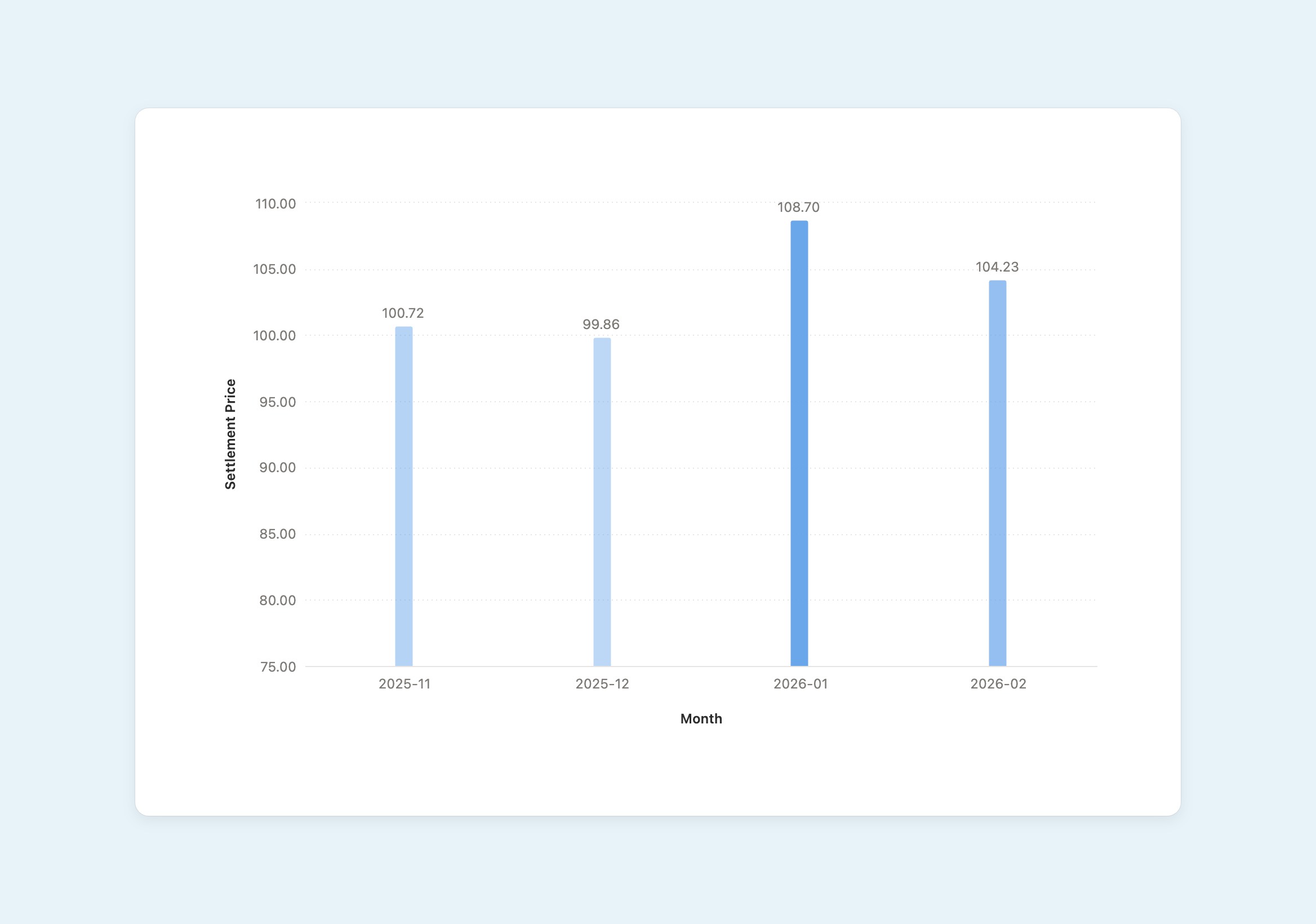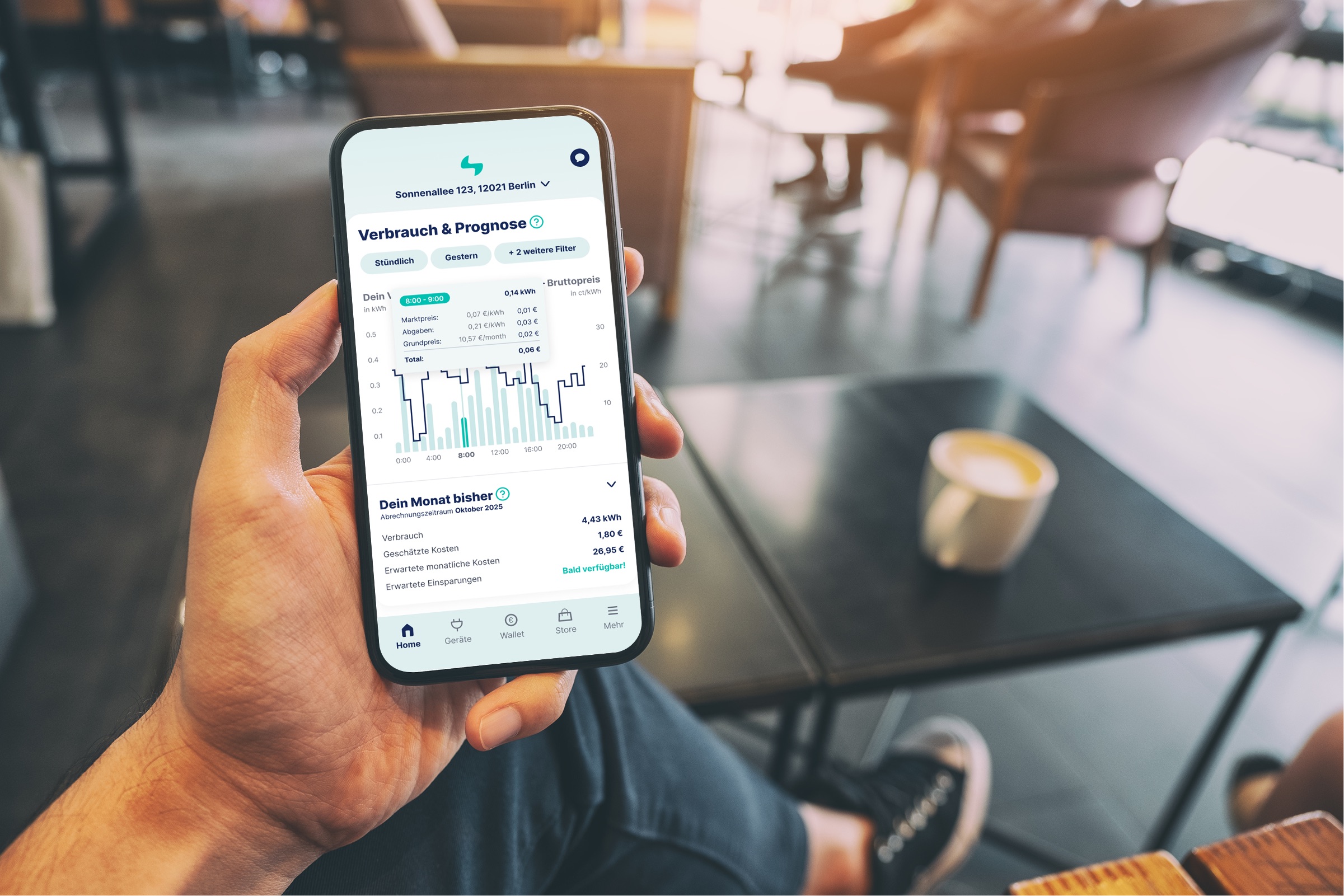Energy
Grid Balancing: Why It Matters
By
Dolly Hughes
12.10.2023

7
Min.

In this blog post, we're talking through the world of grid balancing, also known as Redispatch 2.0, and how it plays a pivotal role in shaping a greener and more sustainable future for Germany's energy landscape.
The Green Advantage: Why Grid Balancing Matters
Grid balancing, also referred to as Redispatch 2.0, is a critical part in Germany's energy transition (Energiewende) towards renewable energy sources. Here's a closer look at why it matters so much:
Ensuring Grid Stability: The transition to renewable energy sources, such as wind and solar, has introduced greater variability into the energy grid. Unlike conventional power plants, renewables are subject to weather conditions and time-of-day fluctuations. Grid balancing steps in to ensure that supply meets demand, preventing blackouts or similar.
Frequency Regulation: Grid operators use grid balancing to maintain the grid's frequency at a stable 50 Hertz. This is crucial for the operation of sensitive electronic devices and the efficient functioning of industrial processes.
Facilitating Renewable Integration: Germany has set ambitious targets for renewable energy generation. Grid balancing facilitates the successful transfer of energy to match supply with demand.
Curbing Curtailment: Excess renewable energy production during windy or sunny periods can lead to curtailment, where energy is wasted because there’s no demand for the excess energy at that moment. Grid balancing helps redirect this surplus energy to areas with higher demand, minimizing waste. Say, for example, if high winds in the north have produced a surplus of energy, it can be redirected to homes in the south.
Minimizing Fossil Fuel Dependency: Germany aims to phase out coal and reduce its reliance on fossil fuels. Grid balancing enables the efficient use of existing gas and coal power plants as backup sources, reducing their overall utilization while ensuring they are available when needed.
Transition to Clean Alternatives: In addition to fossil fuels, grid balancing paves the way for cleaner backup sources like natural gas and sustainable biomass, reducing greenhouse gas emissions.
Empowering Consumer Choices: Smart grid technologies and grid balancing empower consumers like you to make informed choices about your energy consumption. When you can see real-time data on energy prices and grid conditions, you have the agency to shift your usage to greener and more cost-effective times.
Demand Response: Grid balancing enables demand response programs, where consumers receive incentives to reduce their electricity usage during peak times. This not only benefits your wallet but also eases the pressure on the grid during high-demand periods.
Supporting Germany's Climate Goals: Germany has committed to significant reductions in greenhouse gas emissions. By optimizing energy usage and reducing the need for fossil fuel-based power generation, grid balancing is a fundamental tool in achieving these climate targets.
Grid Balancing: What’s in it for Customers?
Grid balancing is the art of maintaining a stable and reliable flow of electricity through the power grid. In Germany, this is especially crucial as the country aims to transition to renewable energy sources, such as wind and solar, and phase out fossil fuels. For end customers, grid balancing can actually be key to your quest for greener living and cost savings, by:
- Optimizing Energy Use with Smart Meters: Smart meters are your gateway to a more efficient and eco-friendly lifestyle. By tracking your energy consumption you can identify peak consumption periods and make informed decisions about when to use energy-intensive appliances. This not only reduces your carbon footprint but also lowers your electricity bills.
- Dynamic Pricing Tariffs: With grid balancing in mind, electricity providers like Ostrom can offer dynamic pricing tariffs. This means you pay less for electricity during off-peak hours, encouraging you to shift your energy-intensive tasks to times when electricity is both cheaper and greener, typically during the night when renewable energy sources are abundant.
- Optimized Charging for Electric Vehicles: Smart algorithms can steer the charging of electric vehicles (EVs) to occur during the cheapest and greenest times, aligning the interests of both the grid and consumers — just as is possible with the Ostrom App. Imagine plugging in your EV at night, knowing that it's not only more cost-effective but also drawing on cleaner energy sources. This not only minimizes your energy expenses but also eases the strain on the grid during peak hours, contributing to a more sustainable and efficient energy ecosystem. We were keen to enable dynamic pricing and easy charge scheduling for customers with electric cars and you can find out more about it on the Smart EV Charging page.
Engage in the Fight for a Greener, Smarter Tomorrow
Grid balancing isn't just a technical term; it's the heartbeat of Germany's energy transition towards renewables. By understanding its significance, you can actively engage in a greener, smarter, and more sustainable future. Together with Ostrom, you have the tools to make environmentally conscious choices while enjoying the convenience of digital energy management.














.avif)